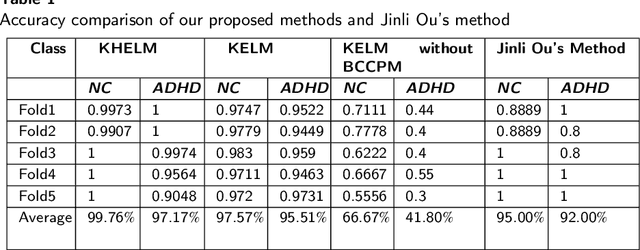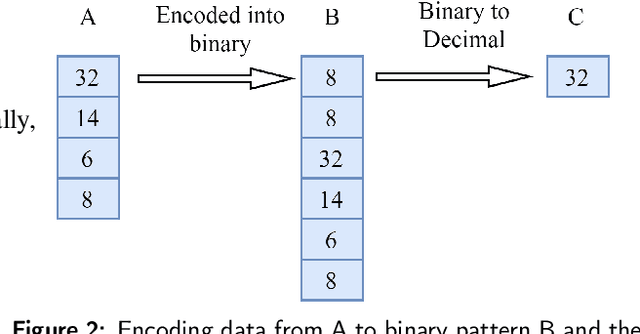Hiroki Takahashi
Classification of ADHD Patients Using Kernel Hierarchical Extreme Learning Machine
Jun 28, 2022



Abstract:Recently, the application of deep learning models to diagnose neuropsychiatric diseases from brain imaging data has received more and more attention. However, in practice, exploring interactions in brain functional connectivity based on operational magnetic resonance imaging data is critical for studying mental illness. Since Attention-Deficit and Hyperactivity Disorder (ADHD) is a type of chronic disease that is very difficult to diagnose in the early stages, it is necessary to improve the diagnosis accuracy of such illness using machine learning models treating patients before the critical condition. In this study, we utilize the dynamics of brain functional connectivity to model features from medical imaging data, which can extract the differences in brain function interactions between Normal Control (NC) and ADHD. To meet that requirement, we employ the Bayesian connectivity change-point model to detect brain dynamics using the local binary encoding approach and kernel hierarchical extreme learning machine for classifying features. To verify our model, we experimented with it on several real-world children's datasets, and our results achieved superior classification rates compared to the state-of-the-art models.
Wheelchair Behavior Recognition for Visualizing Sidewalk Accessibility by Deep Neural Networks
Jan 11, 2021



Abstract:This paper introduces our methodology to estimate sidewalk accessibilities from wheelchair behavior via a triaxial accelerometer in a smartphone installed under a wheelchair seat. Our method recognizes sidewalk accessibilities from environmental factors, e.g. gradient, curbs, and gaps, which influence wheelchair bodies and become a burden for people with mobility difficulties. This paper developed and evaluated a prototype system that visualizes sidewalk accessibility information by extracting knowledge from wheelchair acceleration using deep neural networks. Firstly, we created a supervised convolutional neural network model to classify road surface conditions using wheelchair acceleration data. Secondly, we applied a weakly supervised method to extract representations of road surface conditions without manual annotations. Finally, we developed a self-supervised variational autoencoder to assess sidewalk barriers for wheelchair users. The results show that the proposed method estimates sidewalk accessibilities from wheelchair accelerations and extracts knowledge of accessibilities by weakly supervised and self-supervised approaches.
 Add to Chrome
Add to Chrome Add to Firefox
Add to Firefox Add to Edge
Add to Edge